Most animals, including humans, natually lie down on their backs, sides, or even stomachs when they sleep but birds aren't like most animals. Birds are unique animals with feathers, wings, and beaks and these qualities alongside the environments they live all contribute to how a bird sleeps. Learning more about the normal sleep behaviors of birds can help you identify signs that may indicate a problem or provide you with ways to help your bird become better rested.
Types of Bird Sleep
Birds have some similar sleep patterns to mammals, but there are differences in how they sleep as well as the types of sleep.
Unihemispheric Sleep
Unihemispheric means that only one side of the brain is doing something that typically involves both sides of the brain. In birds, unihemispheric sleep allows half of their brain to still be awake so they can be easily alerted to a predator, even when they are asleep. Despite only half the brain resting, slow-wave sleep still occurs. This type of sleep is a deep sleep phase where dreams and memory consolidation are thought to occur. Some birds will also keep one eye open when they sleep, a behavior that is referred to as unilateral eye closure.
Roosting
Roosting is a behavior that occurs in some birds when they settle in to sleep. Birds typically only sit on a nest when they are incubating eggs or keeping baby birds warm and safe. When they aren't nesting, birds will often congregate together on a branch or space where they can be together to stay safe and warm or they will find a place by themselves to sleep. This is called roosting.
Power Napping
Some species of birds will sleep in very short bursts as opposed to long periods of time, especially when they are migrating. These short naps may be referred to as power naps and may alternate with unihemispheric sleep.
Sleep Duration in Birds
Depending the species of bird, half the day may be spent roosting or sleeping while the other half is spent eating, playing, flying, and socializing. Most pet birds, including parrots, need about 10-12 hours of sleep each day and if they don't get this, they are more likely to be irritable and stressed, like sleep-deprived people. Other species of birds that are not commonly kept as pets may take more naps as opposed to sleeping for a long stretch of time.
Unique Sleep Adaptations
Birds have a few unique sleep adaptations that allow them to stay safe while still getting the rest they need. As previously discussed, unihemispheric sleep and unilateral eye closure are two notable sleep adaptations but in addition to these, some birds may sleep on one leg which "locks up" onto a perch to stay secured, fluff up their feathers while sleeping, and tuck their head into their feathers. Waterfowl are also able to sleep while floating in the water, and some migratory species are even able to sleep while flying.
Where Do Birds Sleep?
Depending on the species, a bird may sleep in a variety of places, including:
- Standing or sitting on the ground
- Perched on a branch
- Sitting on a nest
- Flying
- Swimming
- Hanging upside down
In the wild, birds are more likely to sleep in secluded places to hide from the elements and predators, but pet birds are often comfortable sleeping on a perch in the middle of their cage or aviary. Some birds will utilize a nesting box to sleep, but birds only sleep on nests if they are sitting on eggs or keeping babies warm.
Abnormal Sleep Behaviors in Pet Birds
Popular pet birds like parrots, cockatiels, budgies, and many more are part of the the psittacine group and should normally sleep for about half the day on their favorite perch. Abnormal sleep behaviors can include:
- Sleeping in an unusual location like the floor of the cage or food dish
- Sleeping for less than 10 hours a day
- Lying down on their side or open-mouth breathing while trying to rest
These signs may indicate your bird is sick, stressed, gravid, too hot, or too cold. If you notice these behaviors, call your vet right away.


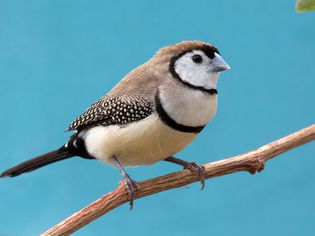
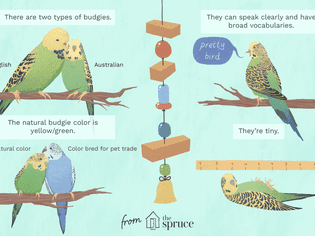

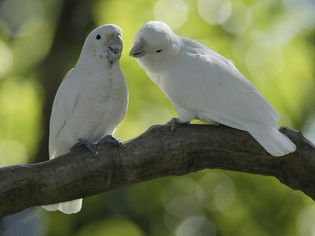
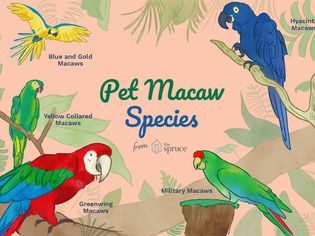

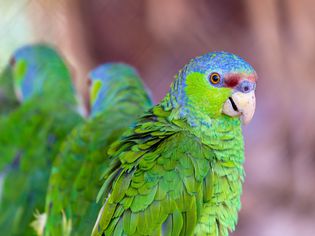
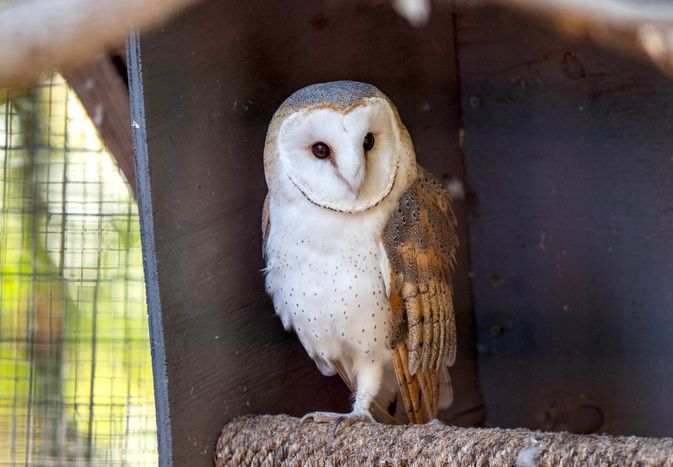
Comments on " How Do Birds Sleep?" :